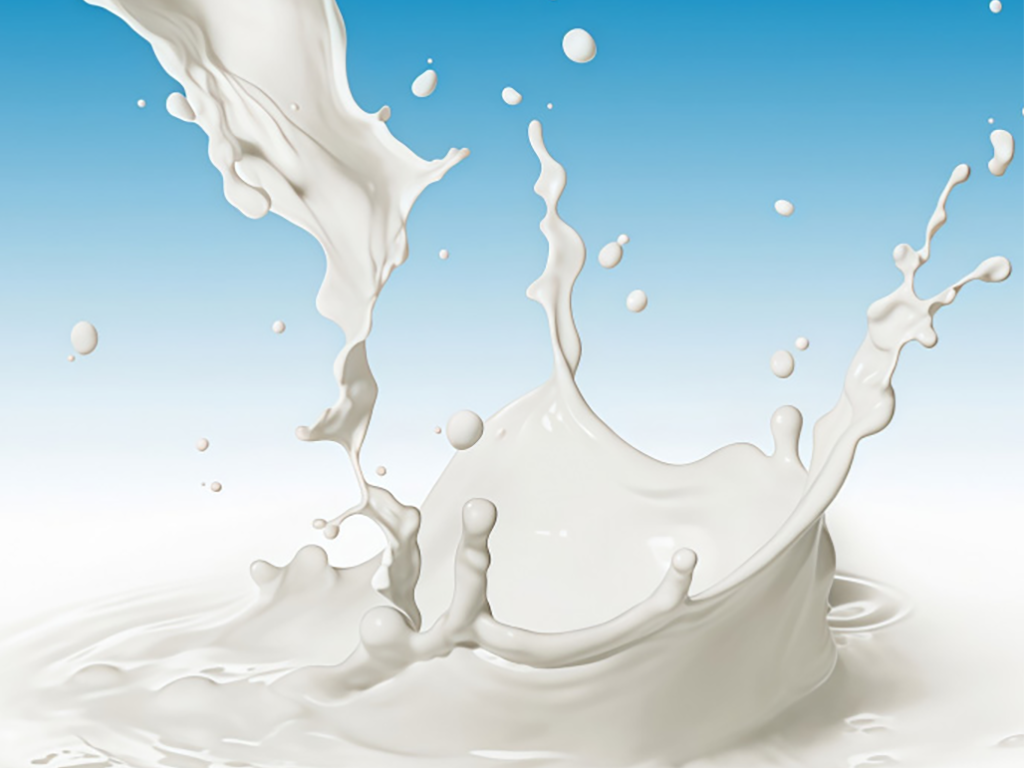Octyl acrylate environmental impact encompasses its lifecycle, from production to disposal, with efforts to minimize harm through technology and best practices. Production involves esterification of acrylic acid and octanol, processes that consume energy (often fossil-based) and emit greenhouse gases (GHGs), though advanced catalytic technologies (like those used by E Plus Chemical Co., Ltd.) reduce energy use and emissions per unit. During storage and transportation, it is stable when handled properly, but spills can contaminate soil and water, as it is moderately toxic to aquatic life; proper containment and spill protocols mitigate this risk. In use, octyl acrylate-based water-based coatings and adhesives have lower VOC emissions than solvent-based alternatives, reducing air pollution and health impacts. At end-of-life, products containing octyl acrylate may be incinerated (releasing CO2) or landfilled (slow degradation, minimal leaching). Environmental improvements include developing bio-based octyl acrylate (using renewable feedstocks), optimizing production to reduce waste, and promoting recycling of polymer products. Compliance with regulations (REACH, EPA) ensures responsible handling, with MSDS guiding safe disposal. These measures reduce the overall environmental footprint, aligning with global sustainability goals.
